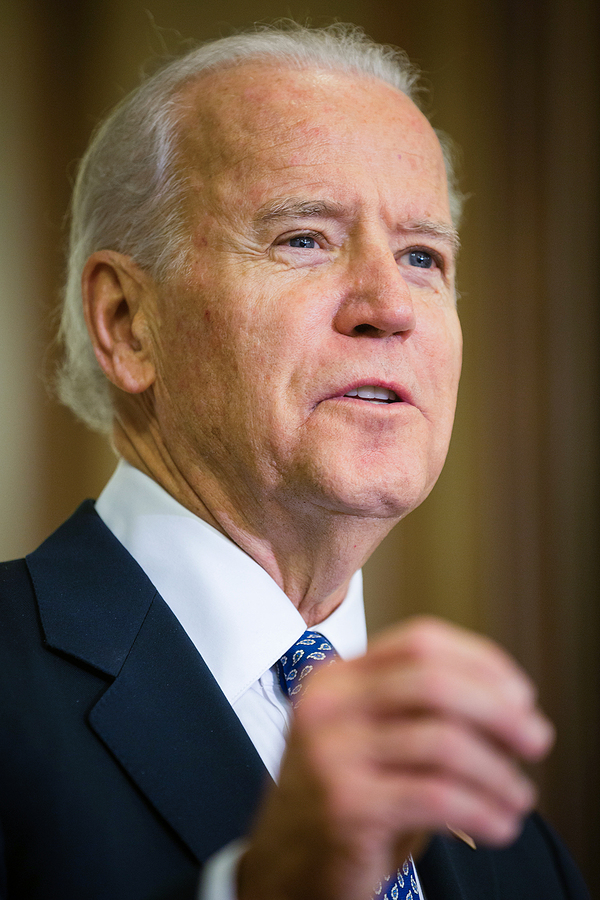Presidential Pitch: A Digital Quality System
January 26, 2021 · Matt Brock
As we told you a little over a week ago, we’ve drawn up our health care quality agenda for the new administration, our presidential pitch. We gave you a quick summary and a link to the full set of recommendations. We also promised to dive deeper into each major recommendation. This week, we look at one that is among the most urgent, the needed full transition to a digital quality system.
Presidential Pitch: Decidedly Digital

Here’s what we’d like to see when it’s all said and done. We want a digital quality framework, a “utility” if you will, that cuts back waste and burden in quality reporting. We want it to foster measurement across levels of the health care system. And of course, we want it to more accurately pinpoint the factors that lead to high-value care. We want all of this to “set the table”for a learning health system that consistently provides timely data that will assist more immediate action to improve care.
Quality measurement writ large – and the Healthcare Effectiveness Data and Information Set (HEDIS) that NCQA manages in particular – have driven immense gains in health care outcomes. But even the finest car needs a tune-up or an upgrade now and then. The quality enterprise today can be labor-intensive, fragmented, and inconsistent. It also largely looks back instead of at the here and now. Eliminating these shortfalls with a digital infrastructure could lead to massive cost savings while also freeing up clinicians’ time for direct patient care.
Better Data, Better Decisions


This is especially critical as the adoption of value-based programs continues to accelerate. Right now, the federal government bases many of its performance incentives on insufficiently validated data or even self-attestation, undermining CMS’s efforts to identify and reward high-quality care. Programs that use and audit HEDIS data, like Medicare Advantage Stars, can be confident of their validity. Output from other programs can be less reliable. The clinical data gushing from electronic health records makes it even more essential that CMS embraces technology-enabled approaches to validate and audit data for its quality and incentive programs. The same goes for the commercial sector.
The way that health care data are currently organized and shared undoubtedly impedes the delivery of seamless and coherent care. Improving the data and measurement infrastructure will result in more efficient, transparent, comparable, and consistent quality reporting.
The Biden Administration can push this evolution – based on the principles of impartiality, accountability, data validation, evidence-based standards and measures. But they, and all of us involved in quality measurement, must also break down barriers to data-sharing, cooperation, and adoption of a common set of tools and protocols that will improve care. Much of the necessary technology exists already but a lack of coordination and its proprietary nature inhibit true system-wide impact. We need these systems to work together.
For example, the two main operating systems for smartphones, Apple’s IOS and Google’s Android Operating System use different technology to achieve the same outcomes – enabling talk, texting and other digital communication. And yet the systems are interoperable. We iPhone users can still call, text, videoconference, and even play games with our Android-using friends.
Presidential Pitch: Presidential Pressure
We believe the Biden Administration has the chance to accelerate coordination and cooperation on the data sharing front. They could use their considerable influence to convince regulators, developers, and users of quality measures how a compatible set of tools in a common, secure environment will improve data flow and boost an array of quality efforts for everyone.
This proposed digital quality system aligns closely with the CMS’ 2020–2025 Federal Health IT Strategic Plan. It also serves the government’s goal to require all quality measures to be digitally reported by 2030. These efforts align with digital measurement initiatives underway at the Agency for Health care Research and Quality, Centers for Disease Control and Prevention, Office of the National Coordinator for Health IT and others.
Independent organizations in the non-profit and for-profit space can play a big role in building consensus by participating in the development of common standards and protocols for data collection and transmission. But it will be all the more powerful—all the more beneficial—if the Biden Administration takes a leadership role, uses its bully pulpit and the power of the presidency to marshal the troops to support a full, interoperable and effective digital quality measurement system.








